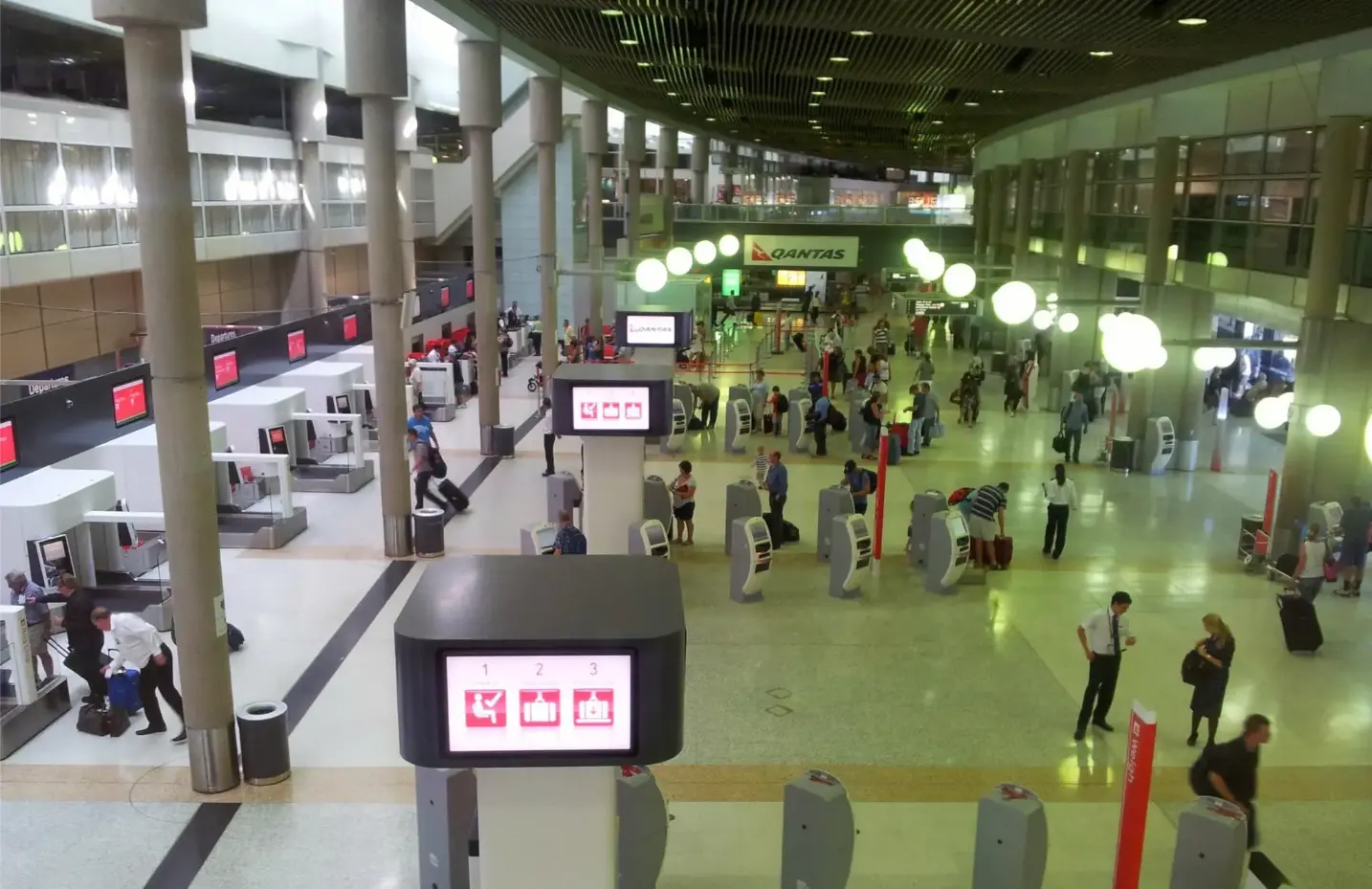Airports are intricate hubs of activity, relying on a vast infrastructure network to facilitate smooth operations. Among the critical components of this infrastructure that are often forgotten about are buried water pipelines. These pipelines transport water for various purposes, such as drinking, fire suppression, irrigation, and industrial processes. Efficient management of these pipelines is paramount to ensuring uninterrupted water supply, reducing water loss, and achieving sustainability goals.
In this blog post, we’ll delve into the strategies and technologies that can help airports effectively manage their buried water pipelines.
Understanding the Importance of Water Pipelines in Airports
Water plays a pivotal role in airports, and here’s why:
- Passenger Comfort and Hygiene: Airports must provide clean drinking water and sanitation facilities for passengers and staff.
- Fire Safety: Water is essential for effective fire suppression systems to protect airport terminals, hangars, and other critical assets.
- Landscaping and Irrigation: Well-maintained landscaping enhances the airport’s aesthetics and requires reliable irrigation.
- Industrial Processes: Water is often a key component of various industrial processes within airport operations.
The Challenge of Buried Water Pipelines
Buried water pipelines present specific challenges in an airport environment:
- Leaks and Water Loss: Ageing pipe infrastructure, corrosion, ground movement, and other factors can lead to leaks in buried pipelines, resulting in significant water loss. Undetected leaks can also compromise the ground’s structural integrity.
- Difficulty in Access: Buried pipelines are not easily accessible, making repairs and maintenance time-consuming and disruptive compared to normal utility operations.
- Hidden Costs: Undetected leaks can drive up operational costs due to water waste and potential damage to surrounding infrastructure.
Strategies for Effective Water Pipeline Management in Airports
Properly managing buried water pipelines is crucial for airports to ensure reliable water supply while minimising costs and environmental impact. Here are some key strategies:
1. Conducting a Comprehensive Water Audit
A water audit is the first step towards efficient water management. It involves a thorough assessment of:
- Water Consumption Patterns: Analysing water usage data over time to identify high-consumption areas and potential inefficiencies.
- Water Metering Systems: Assessing the accuracy and functionality of existing water meters to ensure reliable billing and data collection.
- Pipeline Infrastructure: Evaluating buried pipelines’ condition, age, and material to prioritise maintenance and replacement needs.
2. Implementing Smart Infrastructure Software
Smart water network software empowers airports with real-time awareness of their water networks. This software can:
- Real-Time Monitoring of Pipelines in Airports: Integrate data from flow meters, pressure sensors, and other monitoring devices to visualise pipeline performance and identify anomalies.
- Advanced Analytics: Utilise AI and machine learning algorithms to analyse historical and real-time data, providing insights into potential leaks, pressure variations, and inefficient water use.
- Alarm Systems: Generate automated alerts when significant changes in flow or pressure are detected (such as pressure transients), enabling rapid response to potential leaks or system failures.
3. Deployment of Acoustic Loggers
Acoustic loggers are valuable for proactive real-time leak detection, particularly during off-peak hours.
- Leak Detection in Airports: They work by “listening” to the sound of escaping water within pipelines during off-peak periods. These sounds can be analysed to pinpoint leak locations with high accuracy, ensuring a non-invasive and operationally seamless investigation to take place.
- Night-time Surveys: Acoustic loggers are programmed to listen at night when background noise is minimal, increasing the effectiveness of leak detection.
4. Undertaking Pipeline Condition Assessments
Regular pipeline condition assessments provide critical information about buried pipelines’ structural integrity and remaining lifespan.
- Technologies Used: These assessments can utilise technologies such as Kenwave Dynamic Response Imaging to detect corrosion, cracks, blockages, and other defects.
- Proactive Maintenance: Data from condition assessments supports data-driven maintenance and replacement planning, preventing unexpected pipeline failures.
Additional Strategies and Considerations
Besides the strategies above, here are some additional practices airports can adopt:
- Pressure Management: Optimise water pressure within the network to reduce stress on pipelines and the likelihood of leaks; particularly at off-peak periods when demand is at its lowest.
- Pipeline Replacement Programs: Develop a proactive plan to replace ageing or deteriorating pipelines before they fail, minimising disruption and better-managing pipeline risk.
- Smart Metering in Airports: Utilise smart water meters to provide detailed consumption data, improve billing accuracy, and allow for customer-side leak detection
- Water Conservation Initiatives: Promote water-efficient appliances, fixtures, and landscaping practices to reduce water demand.
The Benefits of Proactive Water Pipeline Management
- Reduced Water Loss: Effective leak detection and timely repairs help minimise non-revenue water loss, saving airports significant costs. This is particularly important if the airport purchases water from the local authority at the usual retail tariff.
- Uninterrupted Water Supply: Proactive maintenance and monitoring ensure the reliability of the water supply, avoiding disruptions to critical airport operations.
- Operational Efficiency: Smart technologies and data-driven insights enhance decision-making and optimise resource allocation for water systems.
- Environmental Sustainability: Reducing water loss and promoting efficient water use contribute to airports’ sustainability goals and minimise their environmental footprint.
- Enhanced Passenger Experience: The airport’s well-maintained water infrastructure ensures the comfort and well-being of passengers and staff. Water infrastructure is out of sight and out of mind for passengers, and we help you keep it that way.
Conclusion: Reduce Leaks in Airport Precincts
Managing buried water pipelines within airport precincts requires a strategic and proactive approach. By incorporating the strategies outlined in this blog post – water audits, smart water infrastructure, leak detection technologies, condition assessments, and other best practices – airports can safeguard their water resources, improve operational efficiency, and embrace sustainability.
Contact us today for a free consultation on how Aqua Analytics can help you manage your buried assets throughout your airport precinct.

